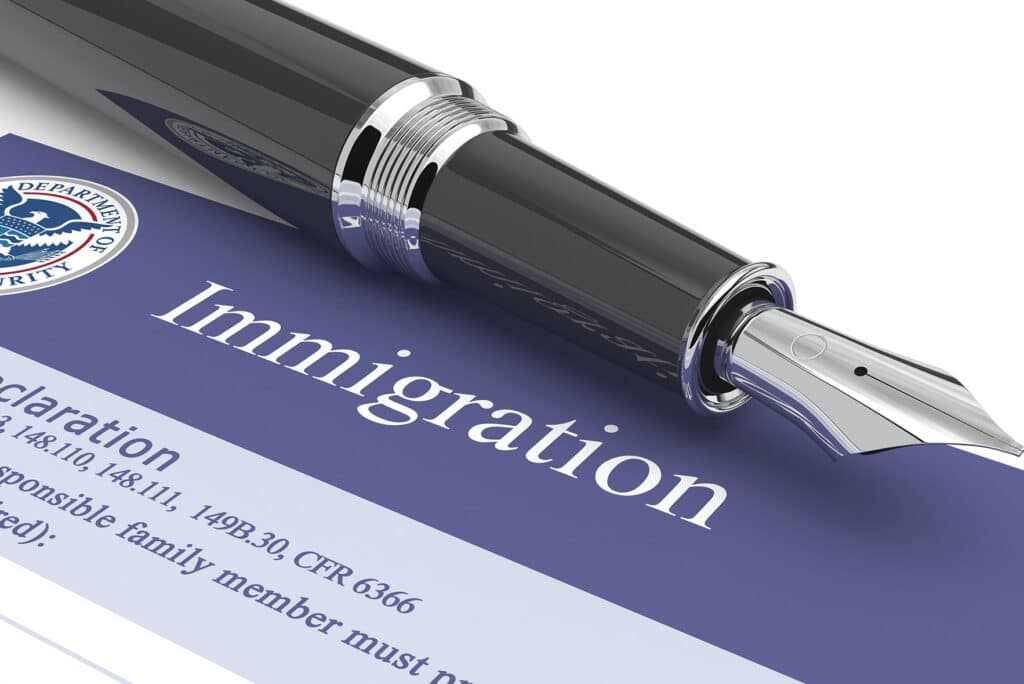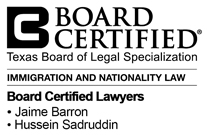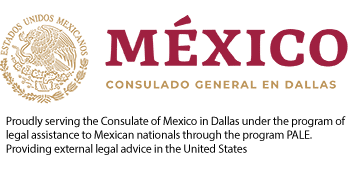The US immigration process can be complicated and overwhelming. It involves strict regulations, multiple forms, and detailed documentation requirements. Even minor mistakes can cause delays, denials, or further complications in immigration applications. To assist you on your journey, we have compiled a list of the most common mistakes people make during their US immigration applications and provided tips on how to avoid them.
1. Providing Incomplete or Incorrect Information
Mistake: One of the most common mistakes is submitting applications with missing or incorrect information. This can range from simple typos to incorrect dates or failing to provide all required details.
How to Avoid: Before submitting, review all entries and documents for accuracy. Pay close attention to names, dates, and places to ensure they match your official documents. If a question does not apply to you, fill it with ‘N/A'(not applicable) instead of leaving it blank, unless instructions specify otherwise.
2. Failing to Submit the Correct Fees
Mistake: USCIS has specific fee requirements for different forms and services. Incorrect fee payments can cause unnecessary delays.
How to Avoid: Before making any payments, always check the latest fee requirements on the USCIS website. Make sure to choose an acceptable payment method and address it correctly.
3. Not Providing Sufficient Evidence
Mistake: Many applicants underestimate the amount of evidence required to support their application. Insufficient evidence can lead to denials, whether it’s proving the bona fides of a marriage for a spousal visa or demonstrating the financial ability for a sponsorship.
How to Avoid: Provide thorough documentation following USCIS guidelines. When unsure, it is better to include more evidence than less. Organize documents clearly and logically to facilitate review.
4. Missing Deadlines
Mistake: Immigration processes are time-sensitive. Missing submission deadlines for applications or additional requested information can have a severe impact on your case.
How to Avoid: To ensure that you have enough time to gather all the necessary information and documents, keep a detailed calendar of all important deadlines, and set reminders well in advance. Give yourself enough time to mail out your application several days before the deadline.
5. Not Updating Personal Information
Mistake: Failing to notify USCIS of changes in personal circumstances such as address changes, marital status, or new family members can lead to issues in processing your application.
How to Avoid: Notify USCIS of any significant changes in your situation as soon as possible. You can update your information through their website or by submitting a written notification.
6. Selecting the Wrong Visa Category
Mistake: Choosing the wrong visa category can result in an outright denial. For instance, applying for a tourist visa to marry a US citizen and stay in the US may be considered visa fraud.
How to Avoid: To ensure that you apply for the visa category that best matches your intentions and circumstances, it is important to thoroughly research visa types and their requirements. You may also want to consult with an immigration attorney.
7. Attempting to Handle Complex Cases Alone
Mistake: Professional help is necessary for some immigration cases that are too complex to handle alone. This includes cases involving prior denials, legal issues, or intricate family situations.
How to Avoid: If your case involves unusual circumstances or if you’ve encountered problems with previous applications, it may be beneficial to consider hiring an experienced immigration attorney for guidance.
Conclusion
The US immigration process can be difficult, but knowing how to avoid common mistakes can make it easier. Stay informed of the latest USCIS policies and procedures, as immigration laws and requirements can change. If you are unsure, seek professional advice to ensure the success of your application.







